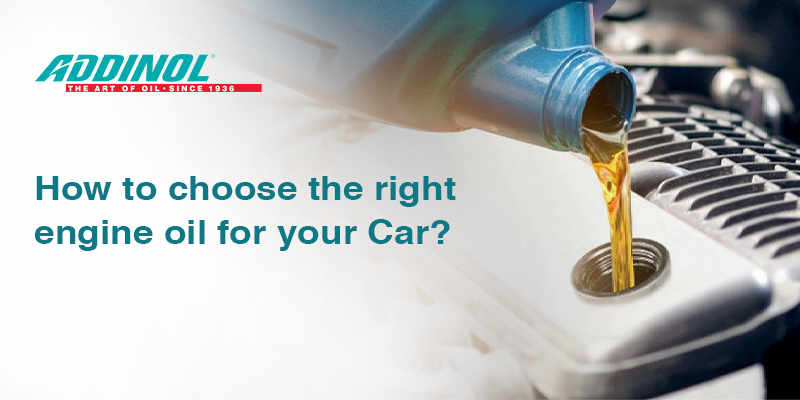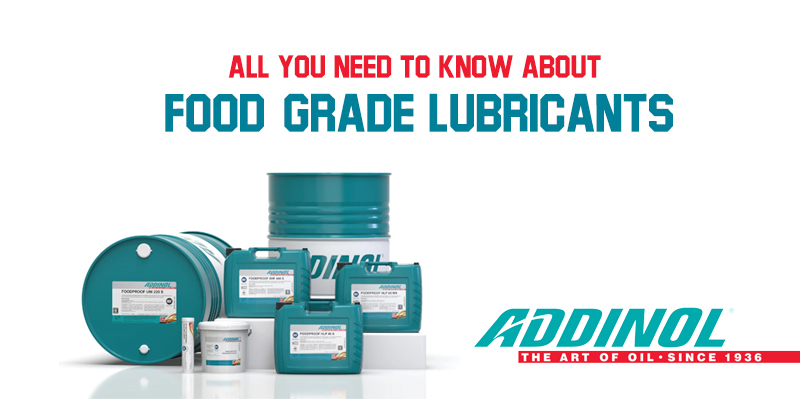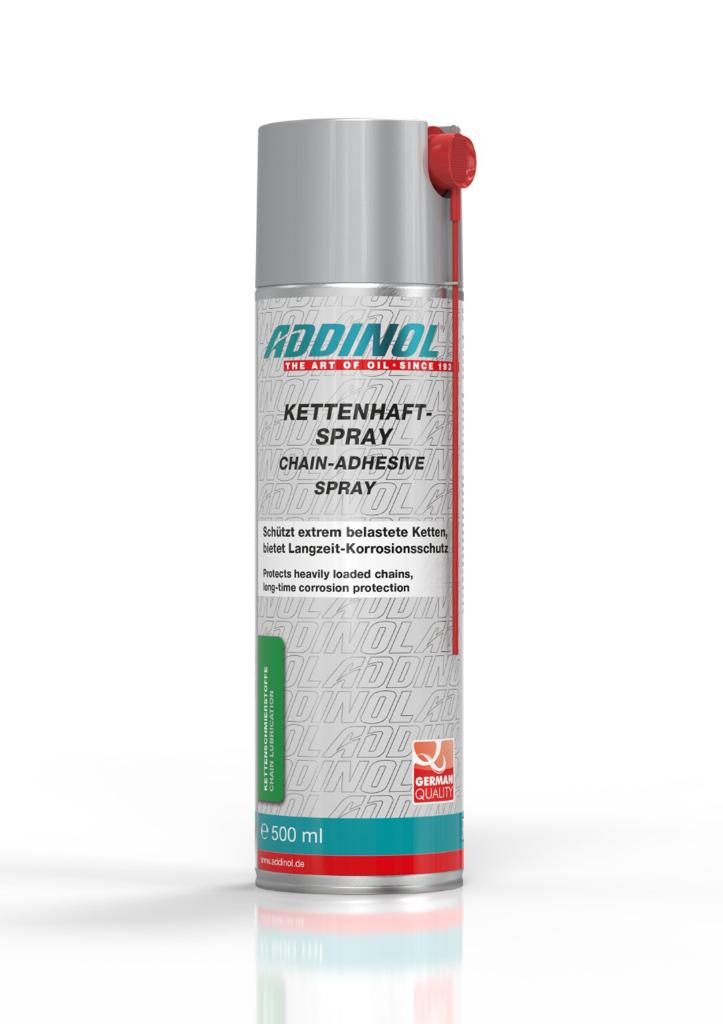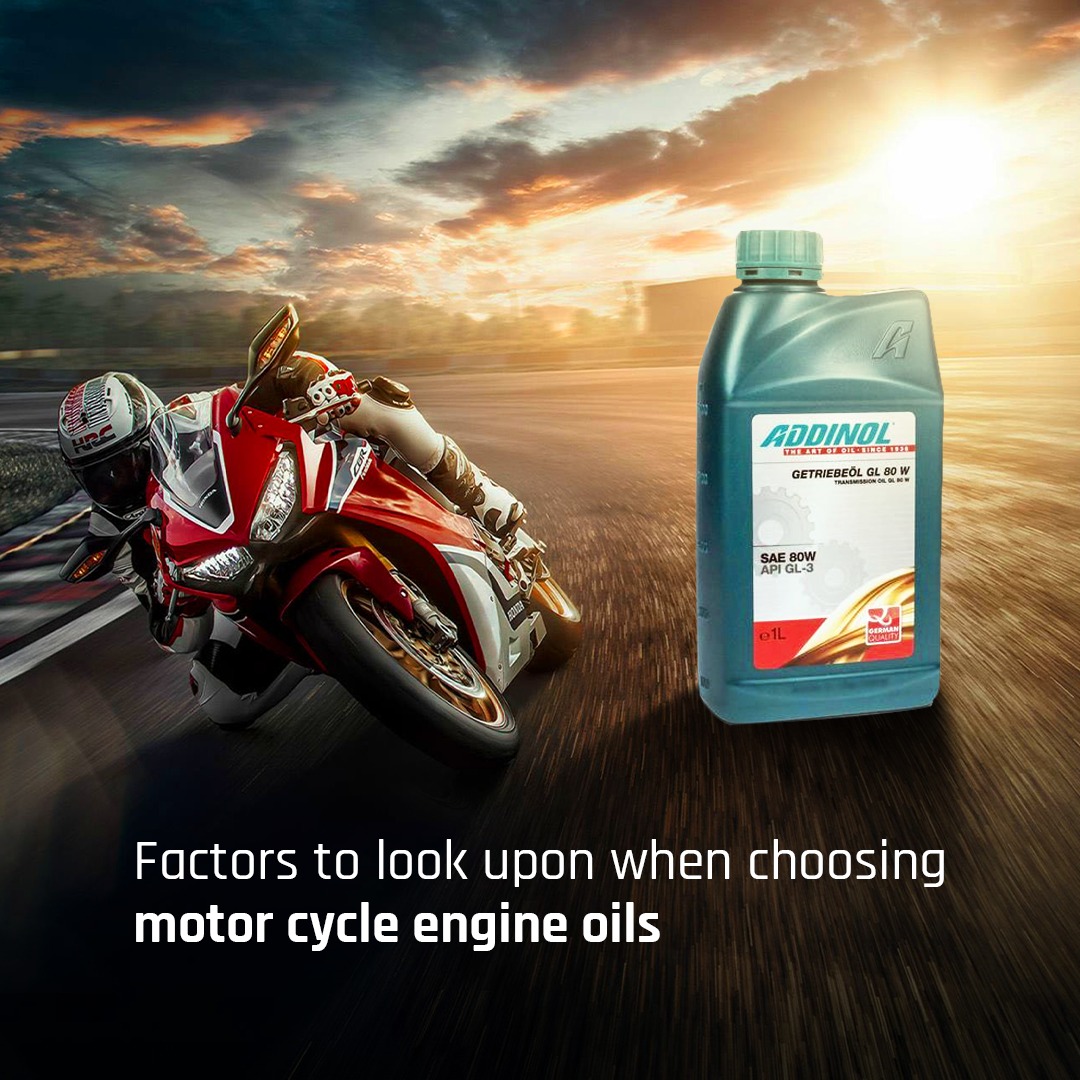The primary function of engine oil is to lubricate the moving parts of the engine and protect them from any wear and tear. The idea of using the right engine oil for your car can never be understated, as it may significantly impact the performance and longevity of a vehicle. Nowadays, given all the engine oil options available in the market, choosing the right oil for your car might seem like a daunting task. Although there is a mountain of information about various oil choices, the initial step is quite simple: Look in your car’s manual.
CAR MANUFACTURER AND SERIES
When choosing the right engine oil, the first thing that one must look into is to know the make and model of your vehicle.
DRIVING ENVIRONMENT
Another major factor to be considered is the condition in which you normally drive your vehicle. Different conditions can put a strain on your vehicle in various ways, such as requiring frequent changes in your engine oil. The conditions in the place where you live and drive, like the climate and road conditions, are the most important factors to consider while deciding what type of engine oil is right for you.
TYPES OF ENGINE OIL
Once you know the make and model of the vehicle, you can choose which type of oil suits your car the best. The base oil accounts for 80%-90% of an engine oil’s composition. This is the most important step in the oil selection decision. Each type of oil has its pros and cons, so knowing which type of oil suits your car and your driving style is of utmost importance. There are three major types of oils to choose from and they are as follows:
Synthetic Oil:
Synthetic oil for cars provides superior performance and protection for engines. It is prepared by chemically altering base oils, mainly to improve their properties, like viscosity, thermal stability, and oxidation resistance. Synthetic oil for cars is typically more expensive than other types of oil, however, it can offer better performance and longer drain intervals. Fully synthetic engine oil usually has a longer oil change interval and hence it does not need to be taken to the mechanic time and again.
Semi-Synthetic Oil:
Semi-synthetic oil is made from a mixture of mineral and synthetic oil. It has the advantages of synthetic oil, although can be obtained for a comparatively lower cost. It gives the performance of synthetic oil at the affordability of mineral oil. It also adds to the viscosity and wear resistance of the engine oil at high temperatures, although is slightly bigger than the mineral oil price. However, Semi-synthetic oil could be a good choice for people who are keen on performance and protection but are on a strict budget.
Mineral Oil:
Mineral oil is the most standard engine oil. It is the senior in engine oil genesis. It is simply a heavily refined version of the oil sourced from the ground and so is the least expensive option. Although it offers basic protection and lubrication for engines, it cannot really beat synthetic or semi-synthetic oil in performance. Besides, it is often objected to breakdowns in high temperatures. As mineral oil has relatively low resistance to heat and oxidation, it is critical to change engine oil more frequently.
VISCOSITY GRADE
While comparing engine oils, one may notice the confusing codes with numbers and letters on the packaging. These indicate viscosity grade, a measurement of the oil’s resistance to flow. This is a significant factor to be considered while searching for the right engine oil.
There are two numbers that define the viscosity of an oil. The first number ends with the letter “W”, which stands for Winter. This measurement is related to the flowability of the oil when it is cold, such as on engine start-up. The second number is defined by how oil flows at normal operating temperatures.
Low-viscosity oils flow easier to protect engine parts at colder temperatures. Thick, high-viscosity oils are better at maintaining film strength to protect engines at higher temperatures. You can find the right viscosity for your vehicle by looking at the oil cap or in the owner’s manual.
OIL STANDARDS
The Bureau of Indian Standards (BIS) is responsible for setting standards for engine oils in India. BIS issues licenses to manufacturers of lubricants and oils and these products are tested and confirmed to Indian Standards (IS) specified by the BIS and therefore become essential while looking for the best engine oil in India. The major certifications and standards that manufacturers follow are API (American Petroleum Institute) and ACEA (European Automobiles Manufacturers Association) and ILSAC (International Lubricant Specification Advisory Committee). These certifications demonstrate that the oil meets certain performance and quality standards, which is why it is fundamental to check the certification while looking for the best engine oil.
Understanding the engine oil and making the right choice for your car can be difficult but choosing the right engine oil will extend engine life and allow your engine to operate efficiently. One must always keep these significant factors in mind while looking for the right engine oil for your car.






